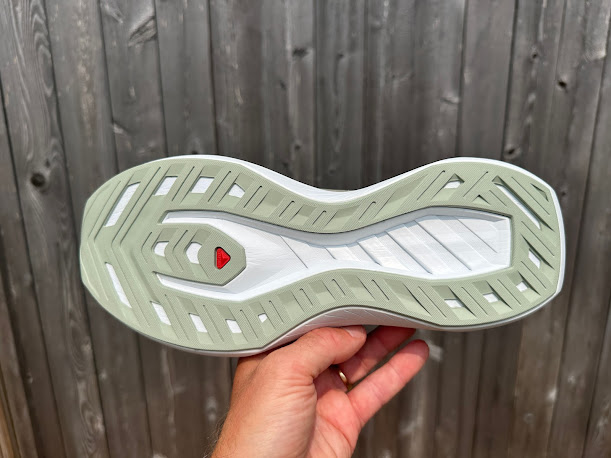Article by Marcel Krebs
Salomon S/Lab Pulsar 3 Running Vest (available in Europe for 160€)
Introduction
Recently it has become a little quieter around the S/Lab product line from Salomon. From the S/Lab, Salomon creates high-performance solutions that are developed in close cooperation with Salomon athletes and especially in the shoe area, where models are even specially manufactured for individual athletes and their foot shape, such as the Salomon S/Lab Ultra for François D'Haene.
S/Lab running vests had even disappeared completely from Salomon's online store for a few months. So I was all the more pleased when the first athletes showed up at the Golden Trail Series races in spring wearing a new S/Lab running vest, which on closer inspection turned out to be the brand new Salomon S/Lab Pulsar 3 running vest.
Pro:
Excellent fit
Improved softer materials especially around the neck area are extremely comfy
No bounce
- Very light & breathable
- Fits almost like a singlet leaving large parts of the back exposed for motion and ventilation
Looks sharp and “race ready”
Cons:
Zip pocket moved to the right side which makes it harder accessible for most of us
Lower back pocket would be more versatile with zippers at the openings
Dimensions: 25 x 38 x 1 L x W x D in cm
Volume: 3 liters
Weight: 90 g
Weight including accessories (2 x 250ml flasks): 140 grams

.jpeg)






